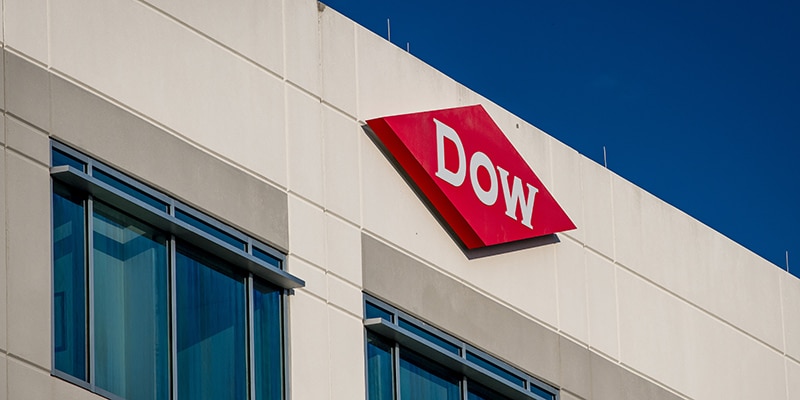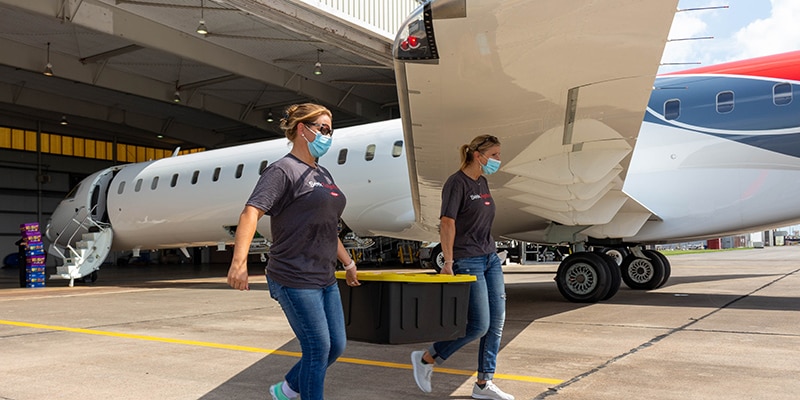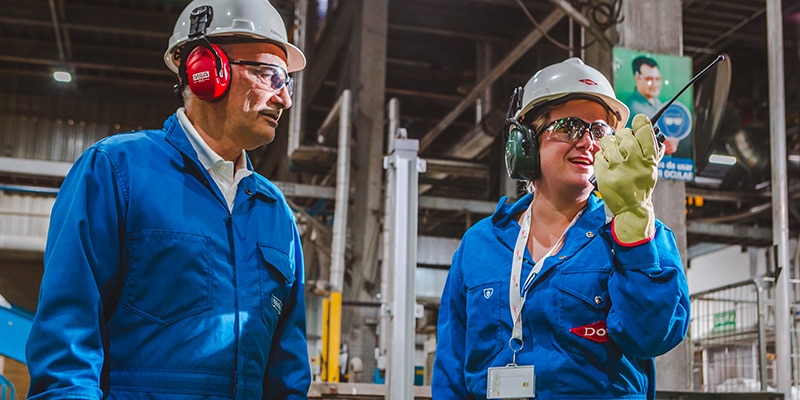.jpg)


Learn how we make the world a better place as Team Dow. Through respect and integrity, we lead with our core values and innovative spirit to create more sustainable materials science solutions for everyone.

Discover how we’re accelerating positive change around the world. From climate protection and creating safer materials to our focus on global citizenship and inclusion, diversity and equity, Team Dow is making a difference in the communities where we live and work.

Find the latest press releases, news updates, awards and achievements from Dow and stay connected on the impact we’re making in the world.

Explore key collaborations and why we make partnership our passion. Through initiatives and sponsorships, we can work together to create a more positive impact for all.

Team Dow makes us one of the most innovative, customer-centric, inclusive and sustainable materials science companies in the world. Find opportunities to join Dow in a capacity that works best for you.
Cheers to bag-in-box wine
What is one way to make wine more sustainable and affordable? Box it!
People love wine. So much so, in fact, that when you combine the top five countries, the annual amount of wine drank weighs more than the Eiffel Tower. What is one way to make wine more sustainable and affordable? Box it!
Bag-in-boxes are ideal packages for table wines that don’t need to age. In a bag-in-box package, wine stays fresh for up to six weeks as the remaining wine has no contact with the outside air, so there’s no hurry to drink it all in one sitting once it’s open. As an added benefit, consumers don’t need a corkscrew to open their boxed wine. No need to worry about a broken cork.
Environmental impact of bag-in-box wine
As wine producers look to reduce their carbon footprint, it is prudent to substitute bottled wine with more eco-friendly and lighter bag-in-box wine. The top wine producing countries do not match up one-for-one with the top wine drinking countries, meaning the wine on your table likely took a long journey to get there. Compared to bottled wine, boxed wine lessens environmental and financial costs of transportation. The lightweight packaging of bag-in-box wine also reduces packaging waste compared to heavier wine bottles.
Switching to wine in a box for the 97% of wines that are made to be consumed within a year reduces greenhouse gas emissions by about 2 million tons.1
Popularity of bag-in-box wine
Box wine sales continue to grow across a broad customer base - including millennials. In recent years, cabernet, chardonnay and pinot grigio have experienced the most significant growth.
It’s easy to see why boxed wine is growing in popularity. Being lighter, the box is more easily transported for an array of outdoor activities, generally holds more wine and isn’t breakable. And for the eco-conscious consumer, it has a lower carbon footprint. Bag-in-box wine is not a new trend, but the market is fresh and growing.
1 “Drink Outside the Box”, New York Times
You’re almost finished!
Check your inbox to confirm your email and finalize your registration to Seek Together Digest.